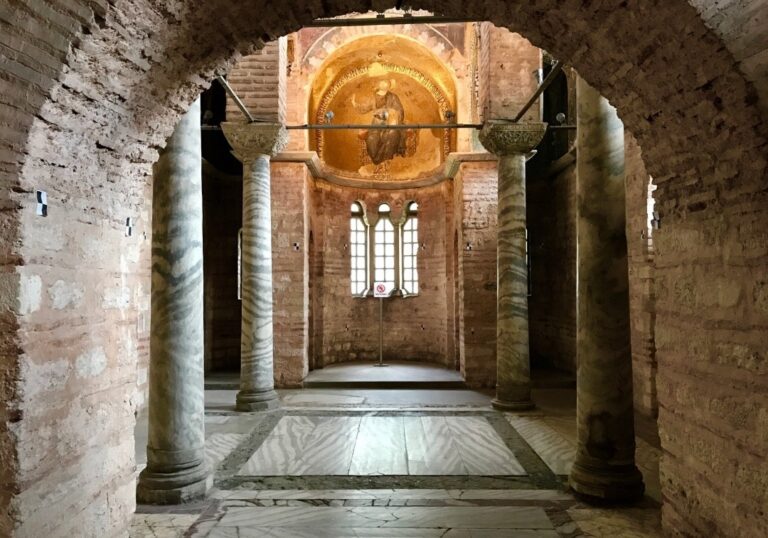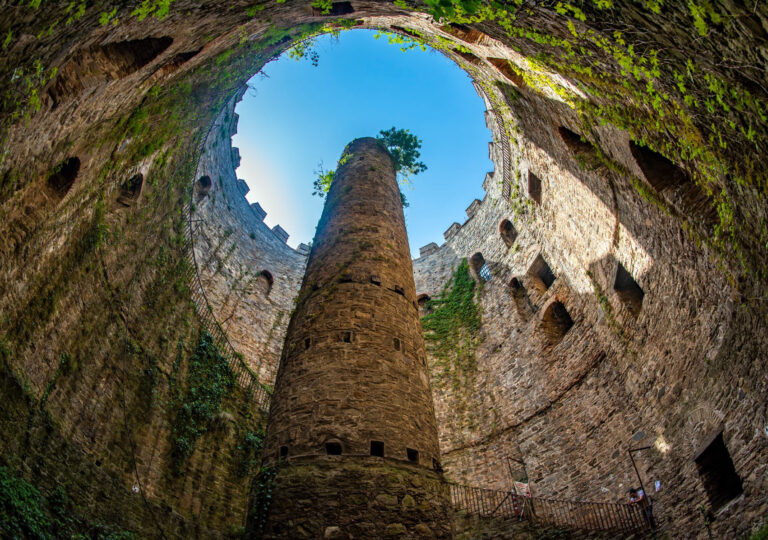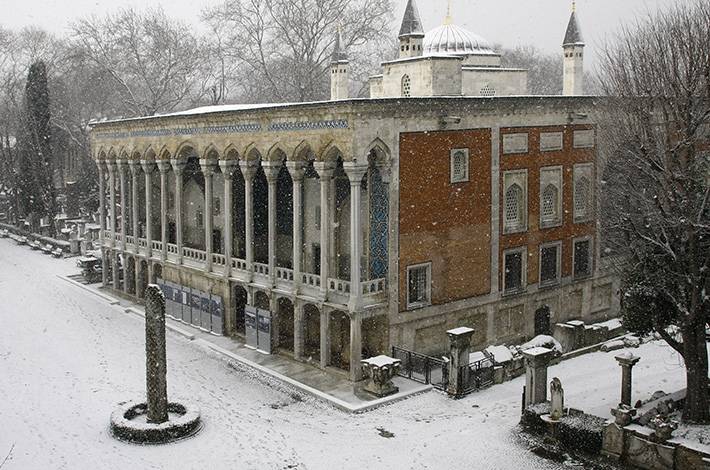Similar Posts

Fethiye Museum History, Exhibits, Entrance Fee, and Visiting Hours
The Fethiye Museum, located in the Balat neighborhood of Fatih district in Istanbul, is a site steeped in history and religious significance. However, it’s currently closed for renovations. Key Information about the Fethiye Museum: Opening/Closing Hours: Currently, the museum is closed for renovations, and thus the opening and closing hours are not applicable. Closed Days:…

Rumeli Fortress Museum History, Exhibits, Entrance Fee, and Visiting Hours
Rumeli Fortress Museum, also known as Rumeli Hisarı Museum, is a significant historical site located in Istanbul, Turkey. This fortress was constructed under the orders of Fatih Sultan Mehmet in 1452, primarily to control the passage of ships through the Bosphorus. The construction involved a large workforce, including 300 masters, 700-800 workers, 200 carriage drivers,…

Istanbul Archaeological Museums History, Exhibits, Entrance Fee, and Visiting Hours
The Istanbul Archaeology Museums, located in Istanbul, Turkey, comprise a complex of three main units: the Archaeology Museum, the Museum of the Ancient Orient, and the Tiled Kiosk Museum. As Turkey’s first museum, the Archaeology Museum boasts an impressive collection of over one million artifacts from various cultures, primarily gathered from the territories of the…
